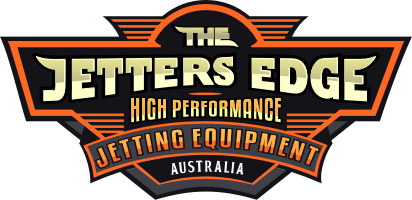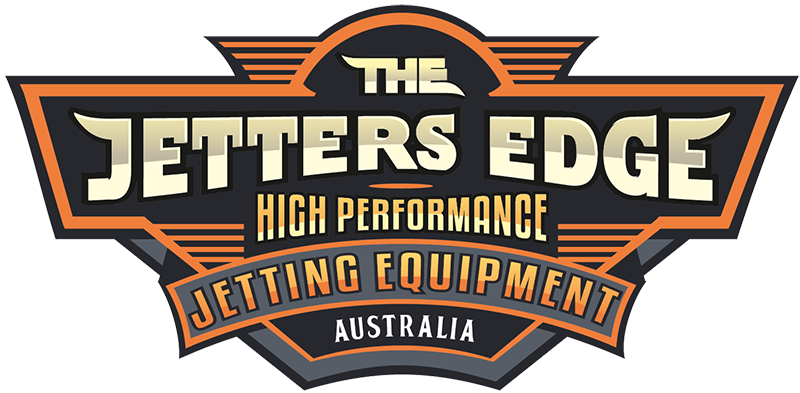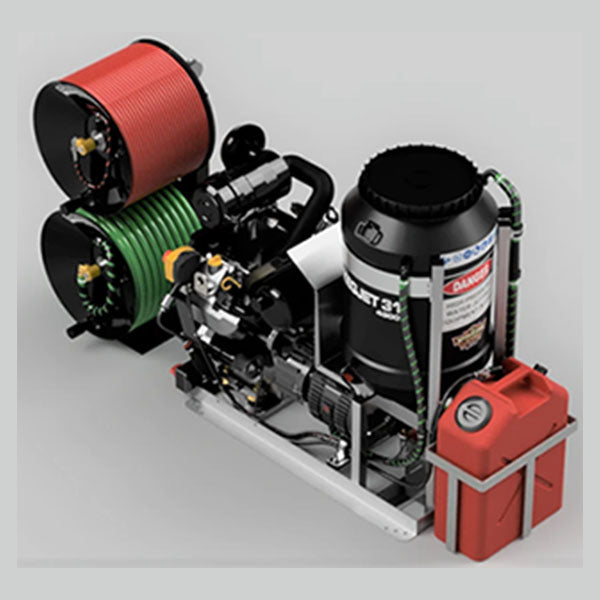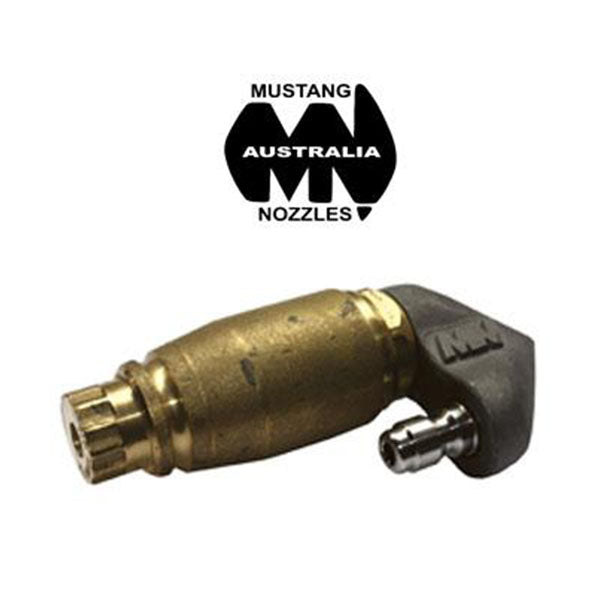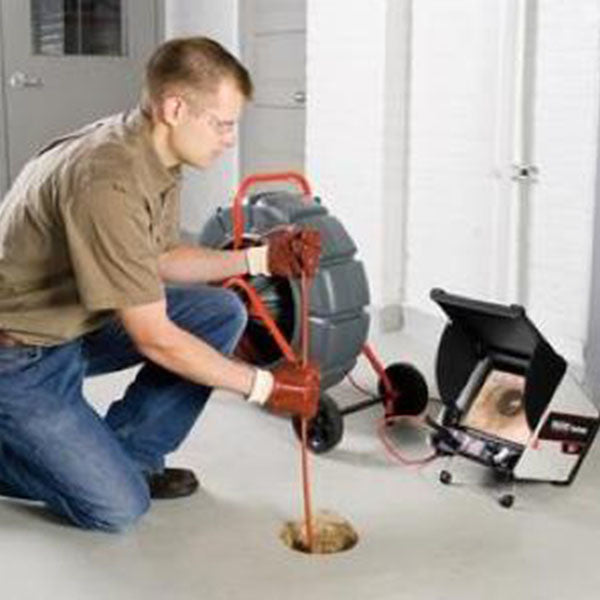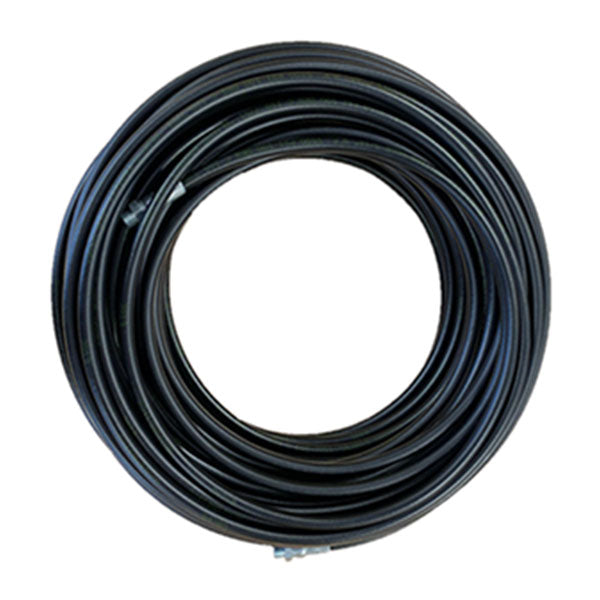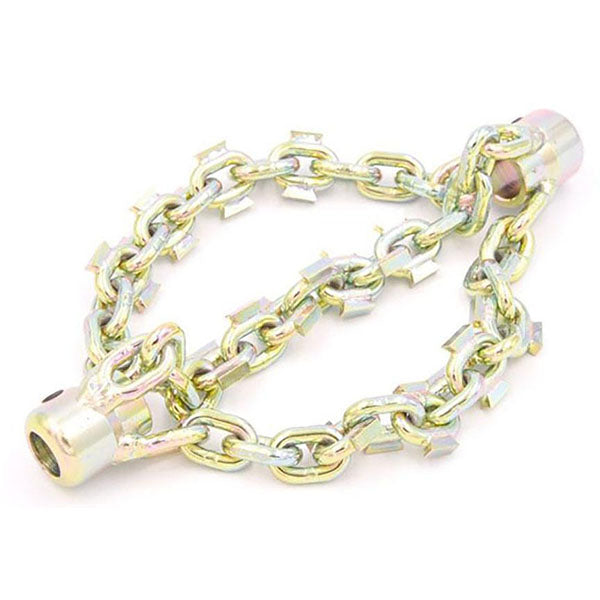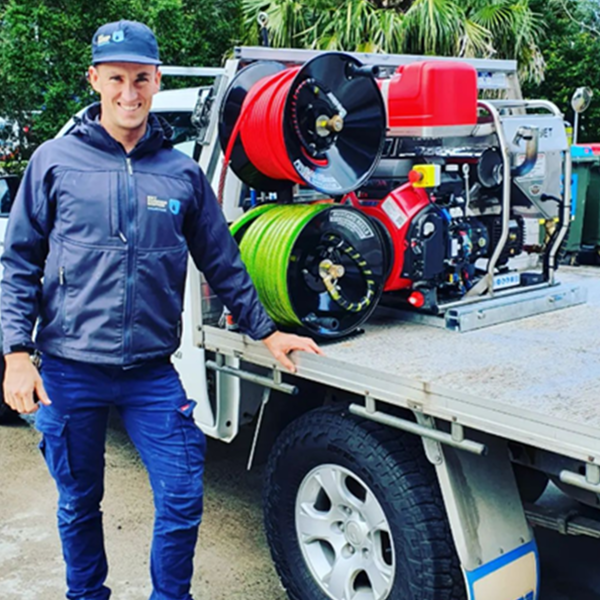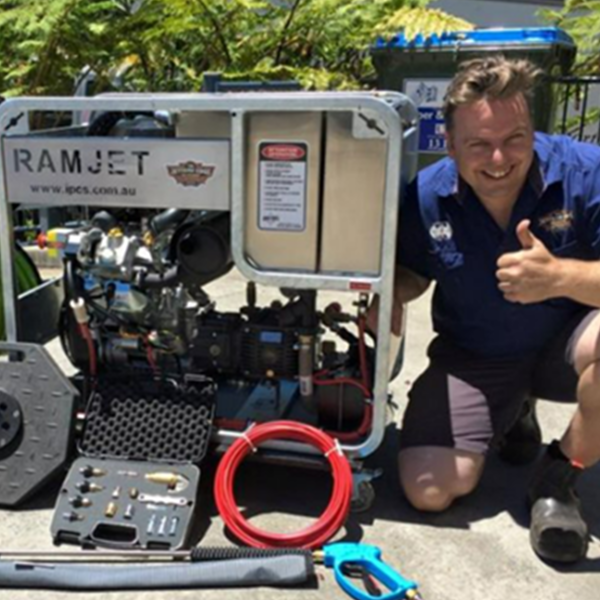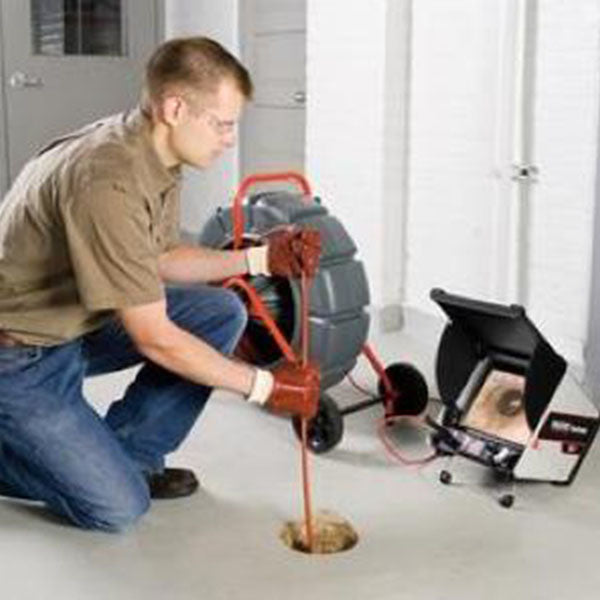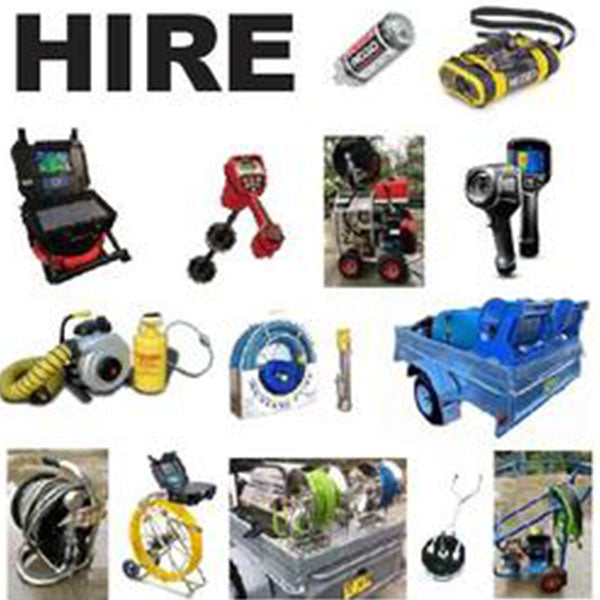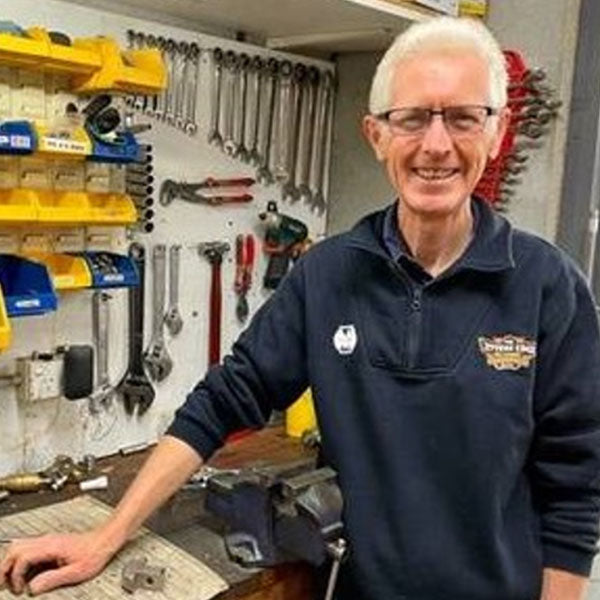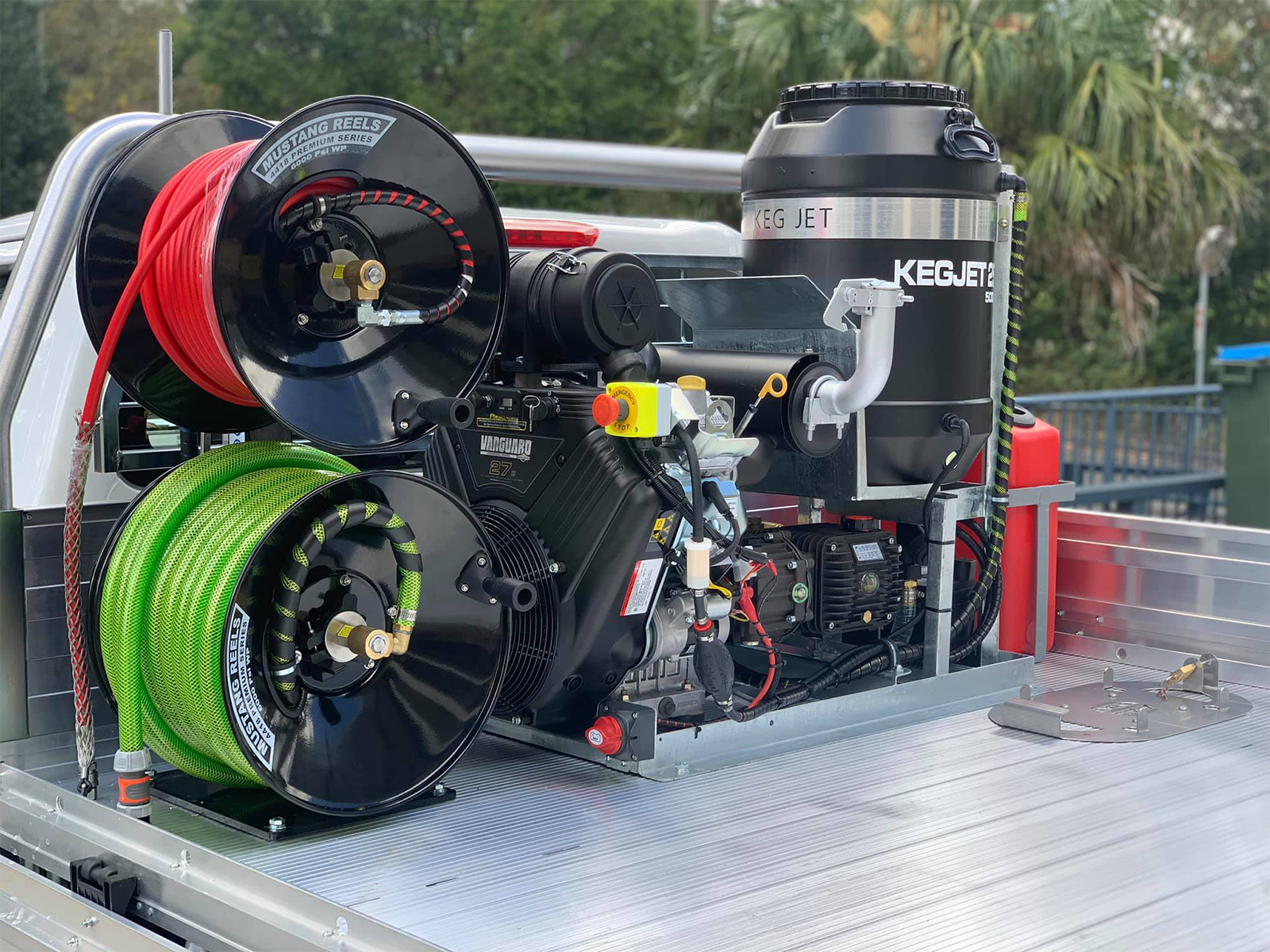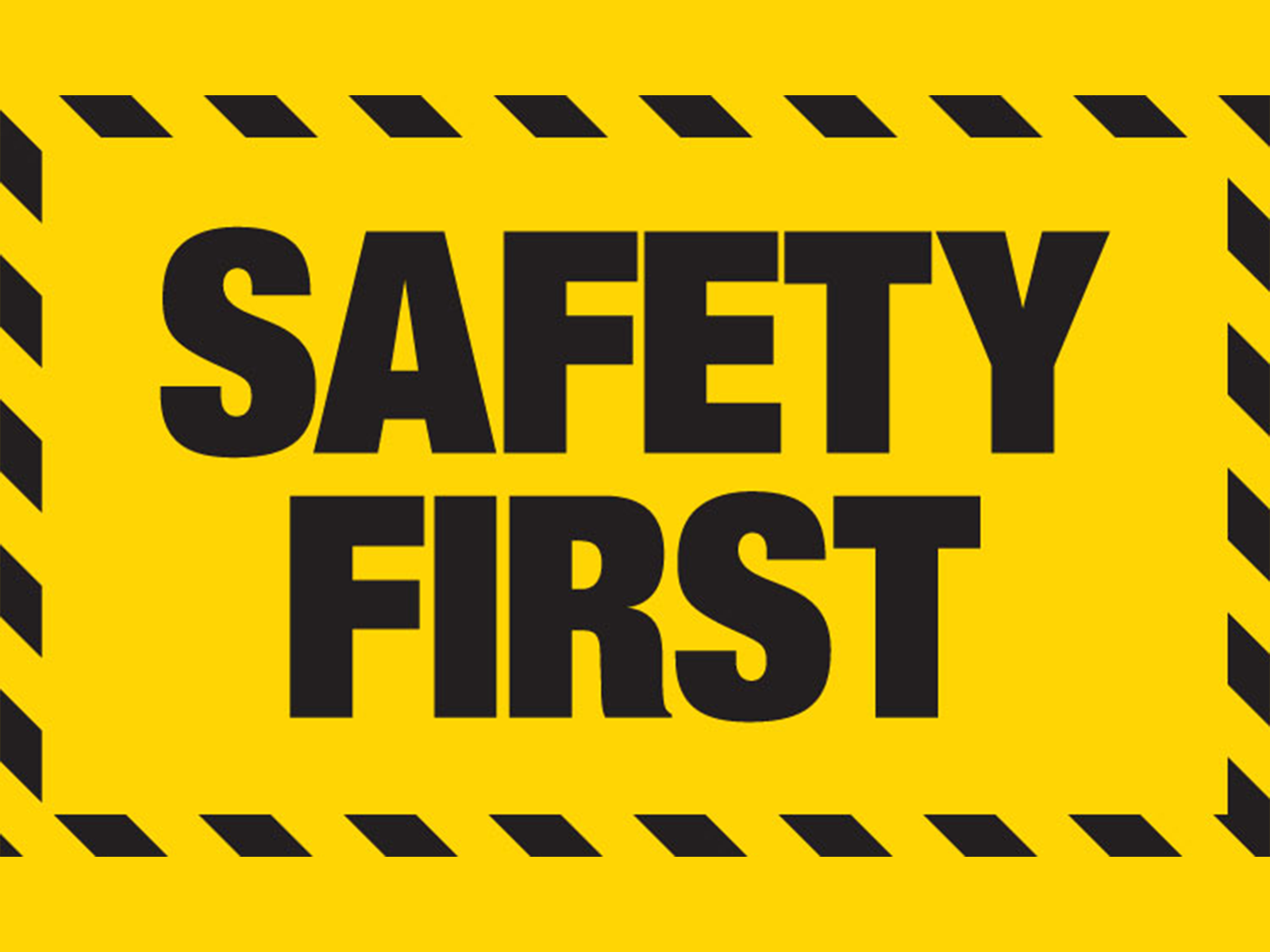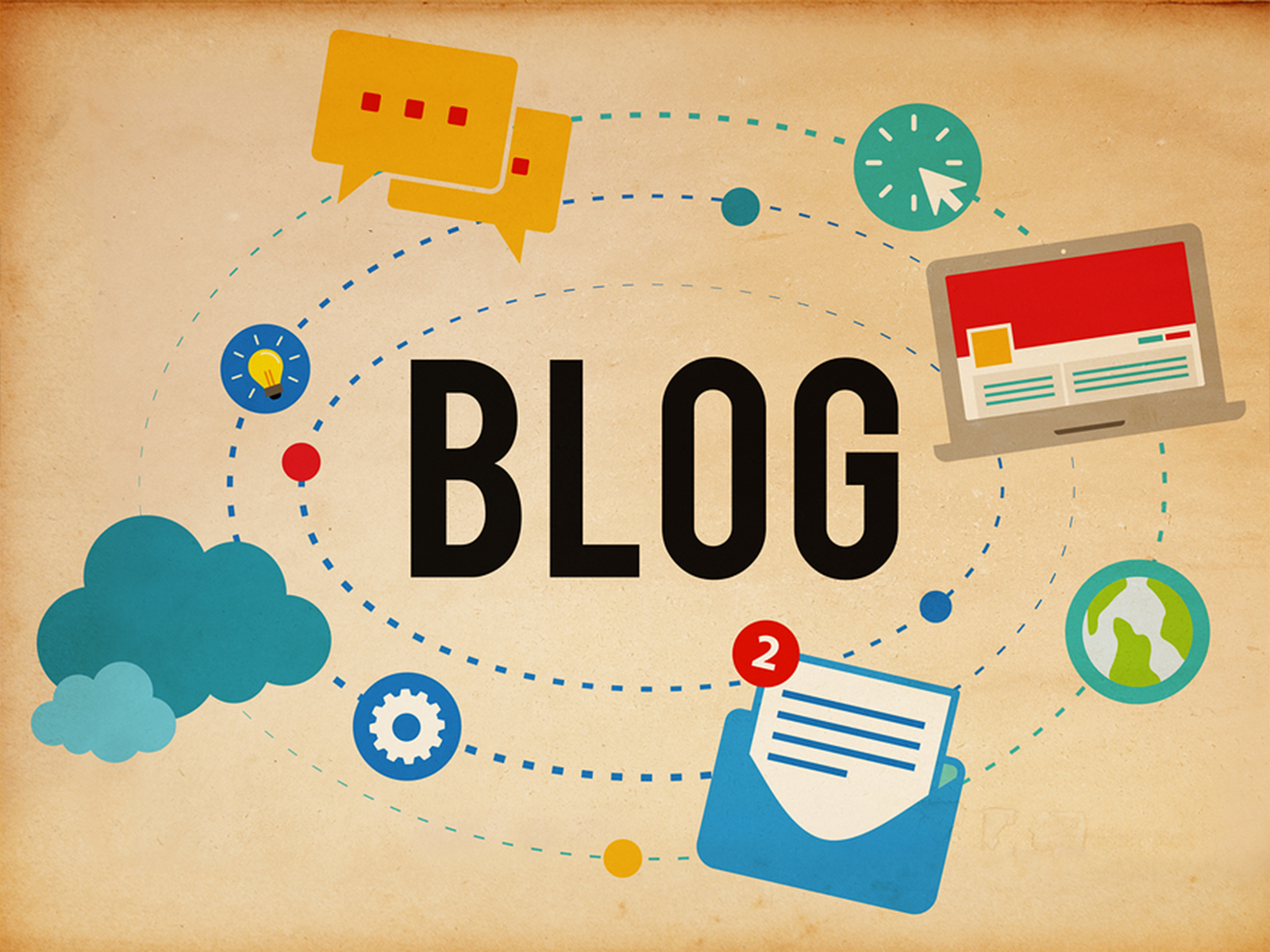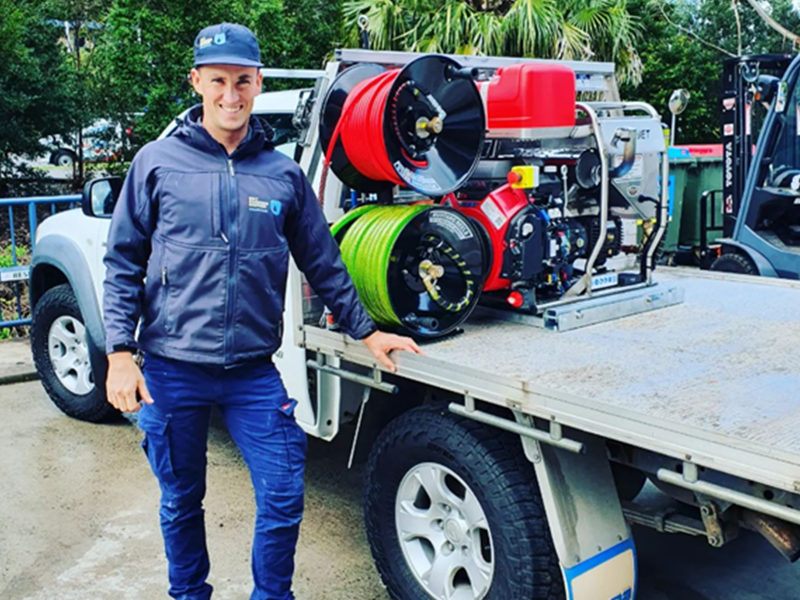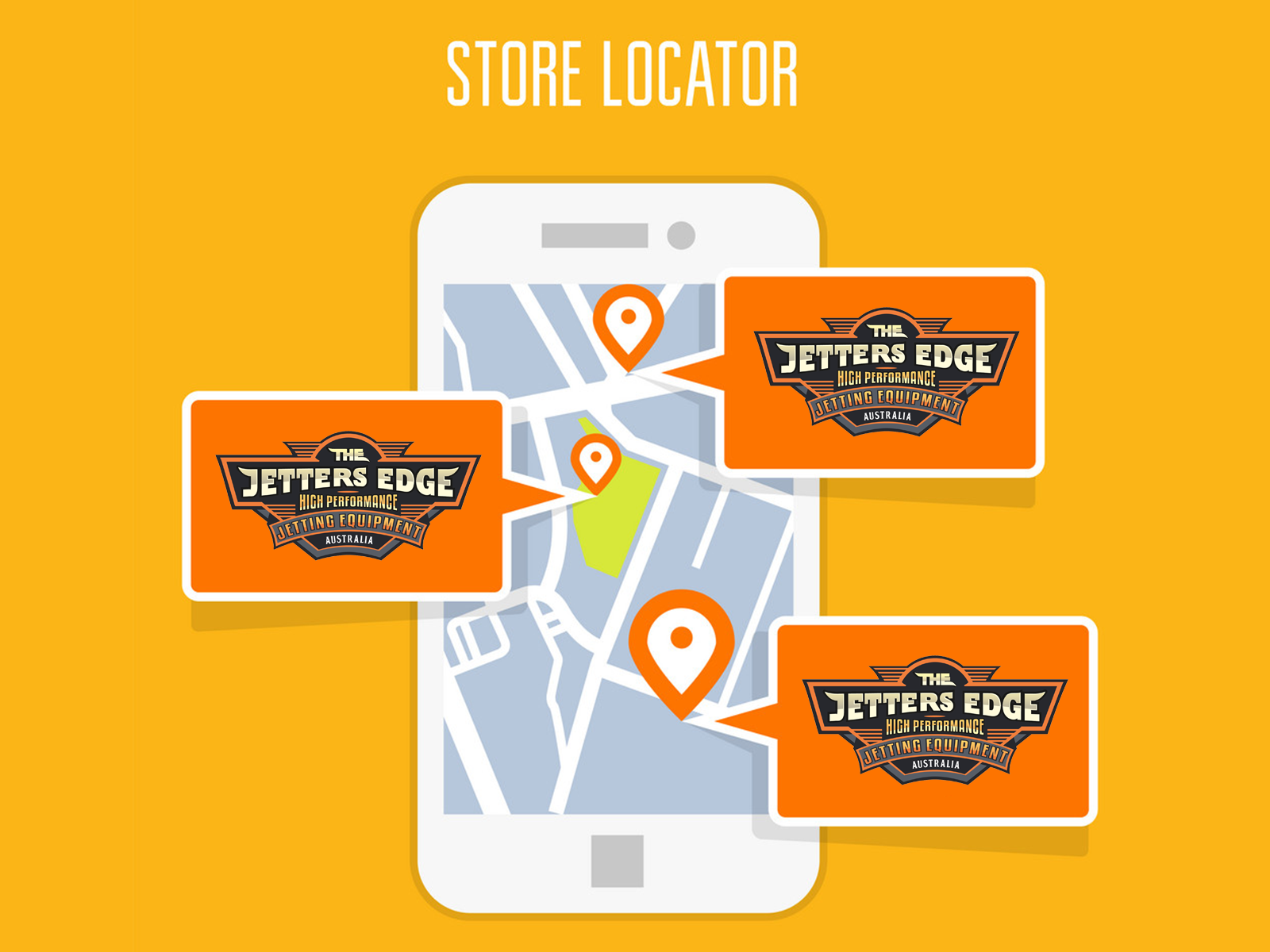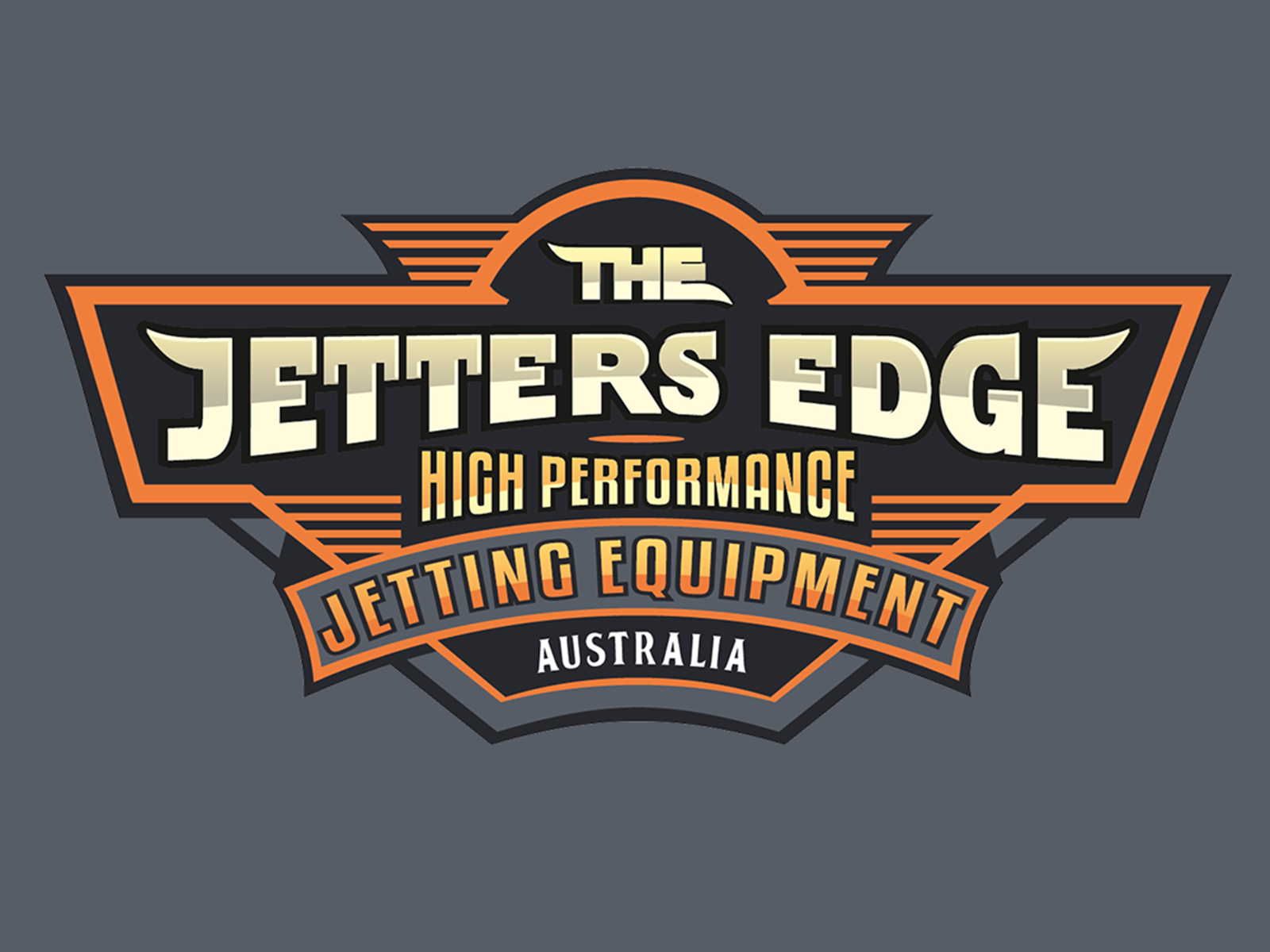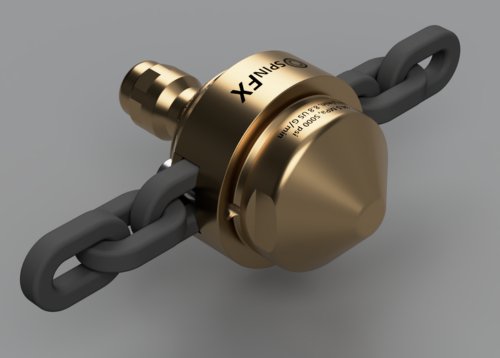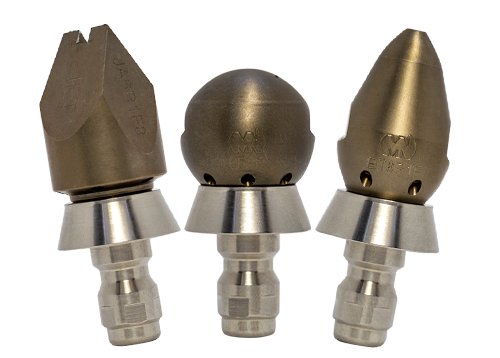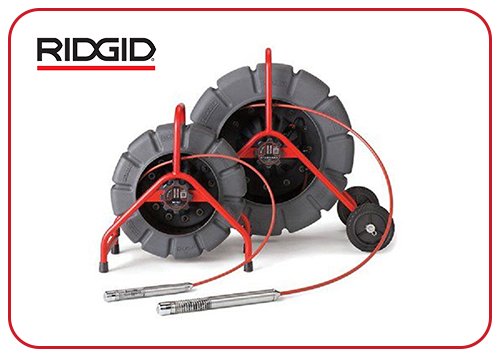
So, you’ve purchased your new water jetter (from The Jetters Edge of course!). You have your first jetting job booked, and you’re keen to get started.
But it’s important to know how to ensure you and your team are safe when operating jetting equipment, both the machine itself and additional jetting accessories, as well as the safety of the surrounding area.
Injuries from water jetters and high-pressure equipment can be life-threatening, so safety is of paramount importance. Although confronting, here at The Jetters Edge, we feel it is important to educate jetter users about the extent of injuries we have encountered, as a way of teaching the value of jetter safety. Some of the varied injuries caused by water jetting equipment can be viewed here.
This is of course not to mention the experiences of Bill as he was starting out as a plumber, recognising the inherent dangers in jetting, especially in the residential setting, and taking steps to improve safety while on the job.
When using a water jetter, there are several safety considerations that should be taken into account:
- Wear appropriate personal protective equipment (PPE), such as safety goggles, gloves, and steel-toed boots to protect yourself from flying debris and high-pressure water.
- Be aware of your surroundings and make sure that the area is clear of any potential hazards, such as electrical wires or gas lines.
- Never point the nozzle towards yourself, other people or animals, it could cause serious injury or death.
- Always check the water pressure before using the jetter to make sure it is set correctly and does not exceed the maximum pressure rating of the equipment or the pipe.
- Keep in mind the structural integrity of the pipes, know the material and age of the pipes you are cleaning and make sure the pressure is appropriate, over pressurizing can cause severe damage to the pipes.
- Keep the hose in good condition, check for any leaks or damage, if the hose is damaged, replace it before use.
- Always follow the manufacturer's instructions and safety guidelines when operating the water jetter, and never attempt to make repairs or adjustments to the equipment without proper training.
By following these safety guidelines, you can help to ensure that you use your water jetter safely and effectively while minimizing the risk of injury or damage to yourself and others.
If you need any safety equipment so you can jet safely, visit the Safety Gear page for a full range of safety equipment.
